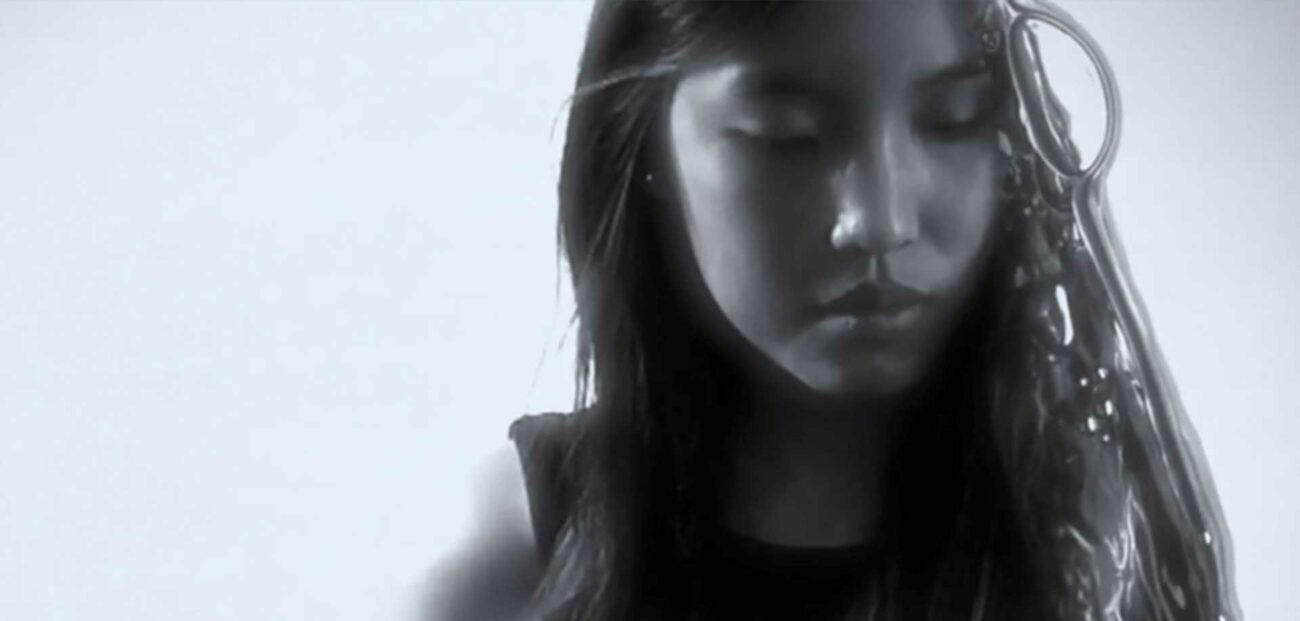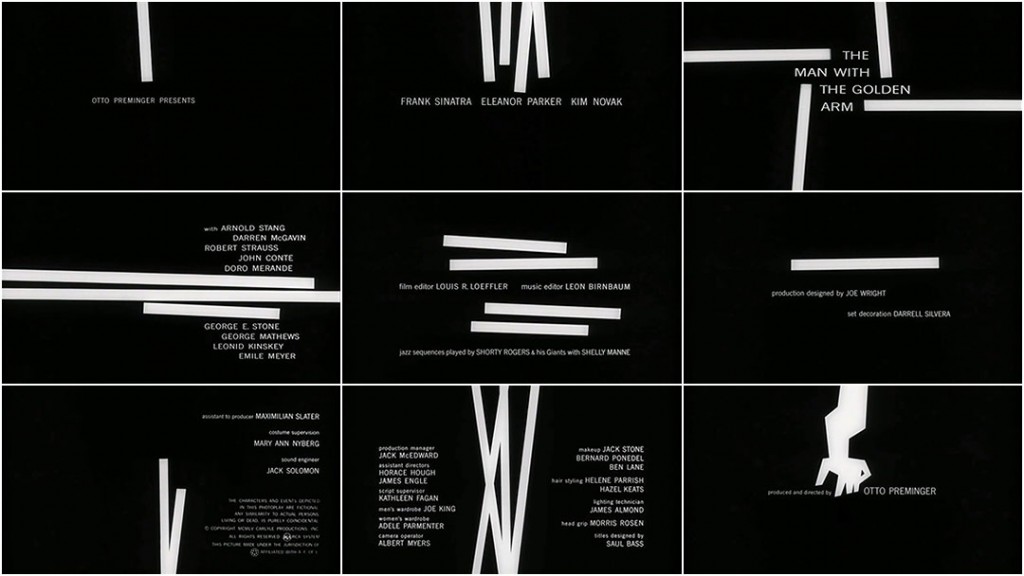A love affair with title sequences leads to creativity

Whenever I watch a movie, I'd make sure that by the time the title was being shown I'd comfortably be in my seat because I'd be staying until the end of the movie credits. There was something about the title and credits sandwiching the movie that constantly intrigue me. But it was only when I started animation that I realised they're called “Title Sequences”.

To me, title sequence can be a form of animation that compliments the title or clever fonts and graphics specifically designed to make the production visually stunning. It wasn’t long after that I discovered graphic designer Saul Bass through “Art of the Title” – which is now one of my favourite websites.
The influence of Saul Bass

Saul Bass fascinated me with his title sequences, but he also taught me about design.
Design is thinking made visual.
When we think, it's always personal, and it happens in a highly visual manner. To design, on the other hand, is to utilise these thoughts and materialise it into something known to affect other people. My design often comes in the form of animation, and I use it as a medium to influence and affect.
Importance of title sequences
Title Sequence is like icing, the first thing people see on the cake. It preempts you on how good the cake is actually going to be. It's capable of making boring lines of text into something substantial and interesting. A form of art that has an unspoken importance.
Learning about title sequences leads to greater things
HBO's True Detective has an awesome title sequence, so like all great artists do, I copied it then added a touch of S1T2 flare.
These experiments help to discover and expand my style, learning new tricks and techniques as I edit and animate. It takes a lot of practice, finding inspiration and constantly honing these skills. But they bring me closer to my dream and challenge of becoming a title sequence director.







